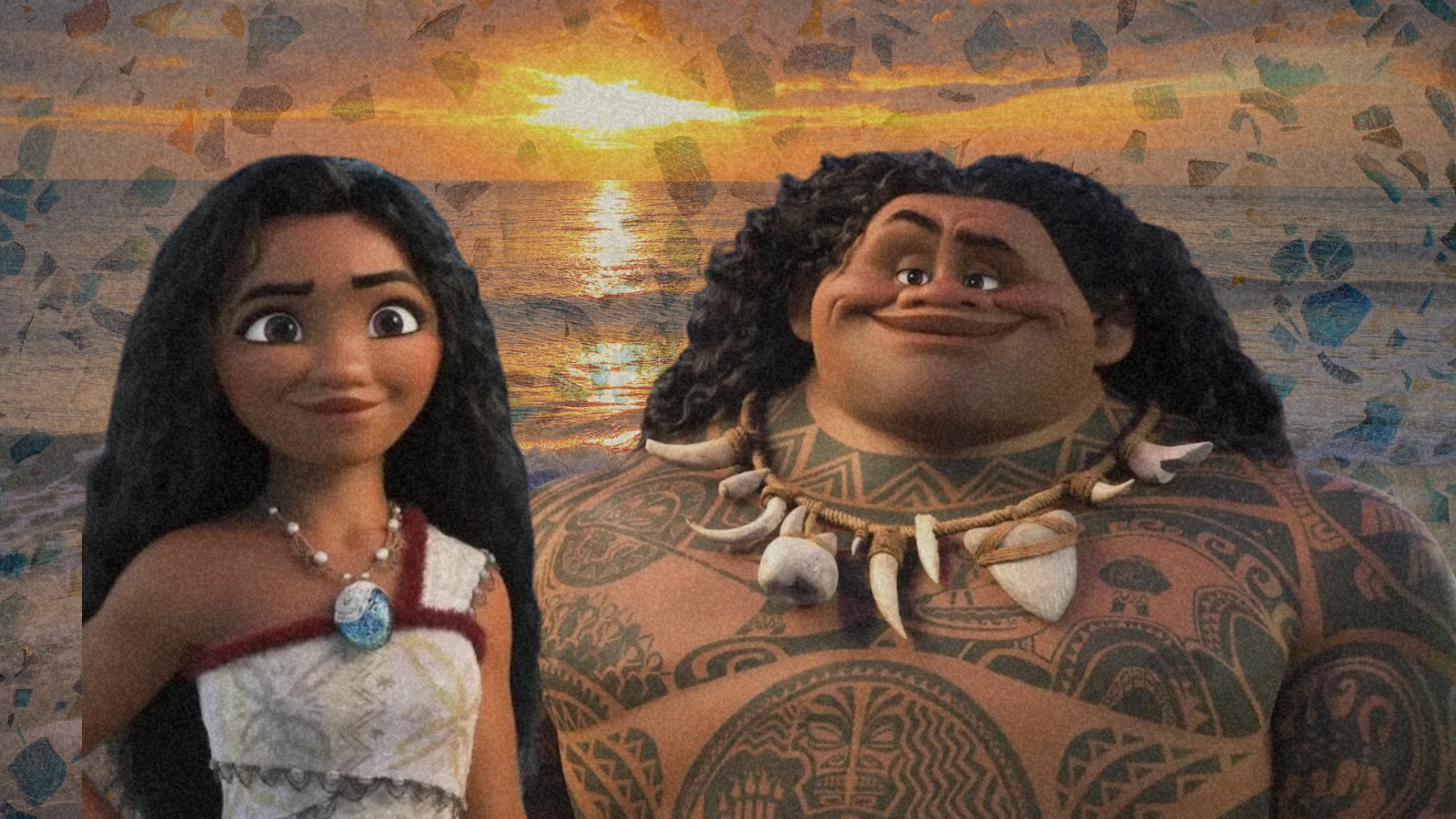Moana And Maui Age Gap
TL;DR: The age gap between Moana and Maui is over 1,000 years. Moana is 16 years old in the film, while Maui is a demigod who is over a millennium old based on Polynesian mythology. This large age difference highlights the contrast between mortal youth and ancient divinity.
Moana
November 23, 2000
Maui
January 1, 0001
Wait, People Actually Ship a Teenager With an Ancient Demigod?
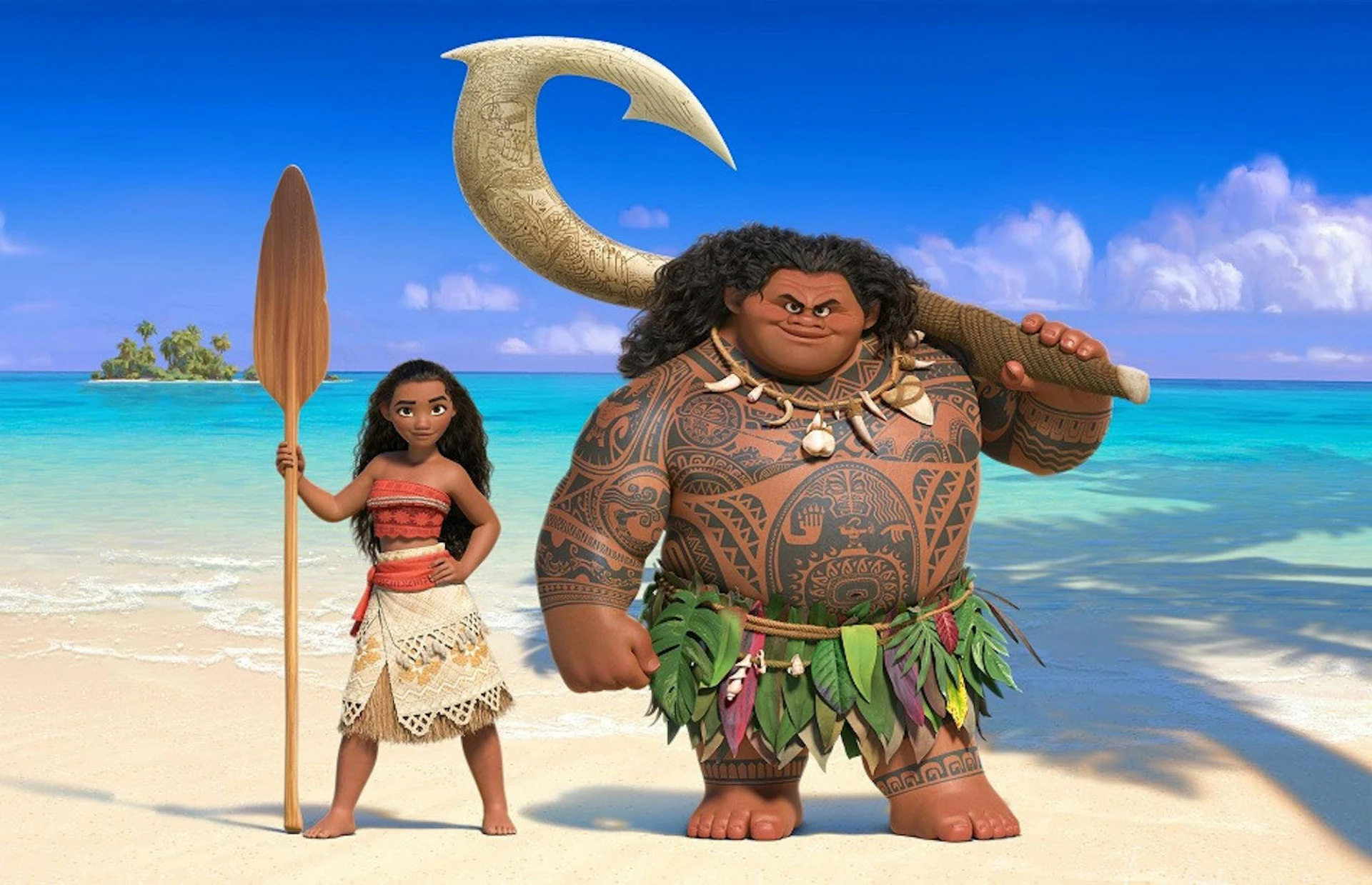
The short answer? Absolutely, and the MxM (Moana x Maui) shipping community is thriving despite—or perhaps because of—the mind-boggling age difference. When Moana premiered in 2016, audiences met a determined 16-year-old wayfinder and her reluctant mentor, a shape-shifting demigod who's been around for literal millennia. The exact math gets even wilder: Maui spent 1,000 years alone on an island, meaning he was already ancient before his exile even began.
By Moana 2 (2024), our girl has aged up to 19, but that barely makes a dent in their chronological gap. We're talking about a being who physically appears to be in his 30s or 40s (thanks to being modeled after Dwayne Johnson) but has witnessed civilizations rise and fall.
Ready for the timeline that launched a thousand fan debates?
How Did Disney Create Animation's Most Controversial Non-Romance?
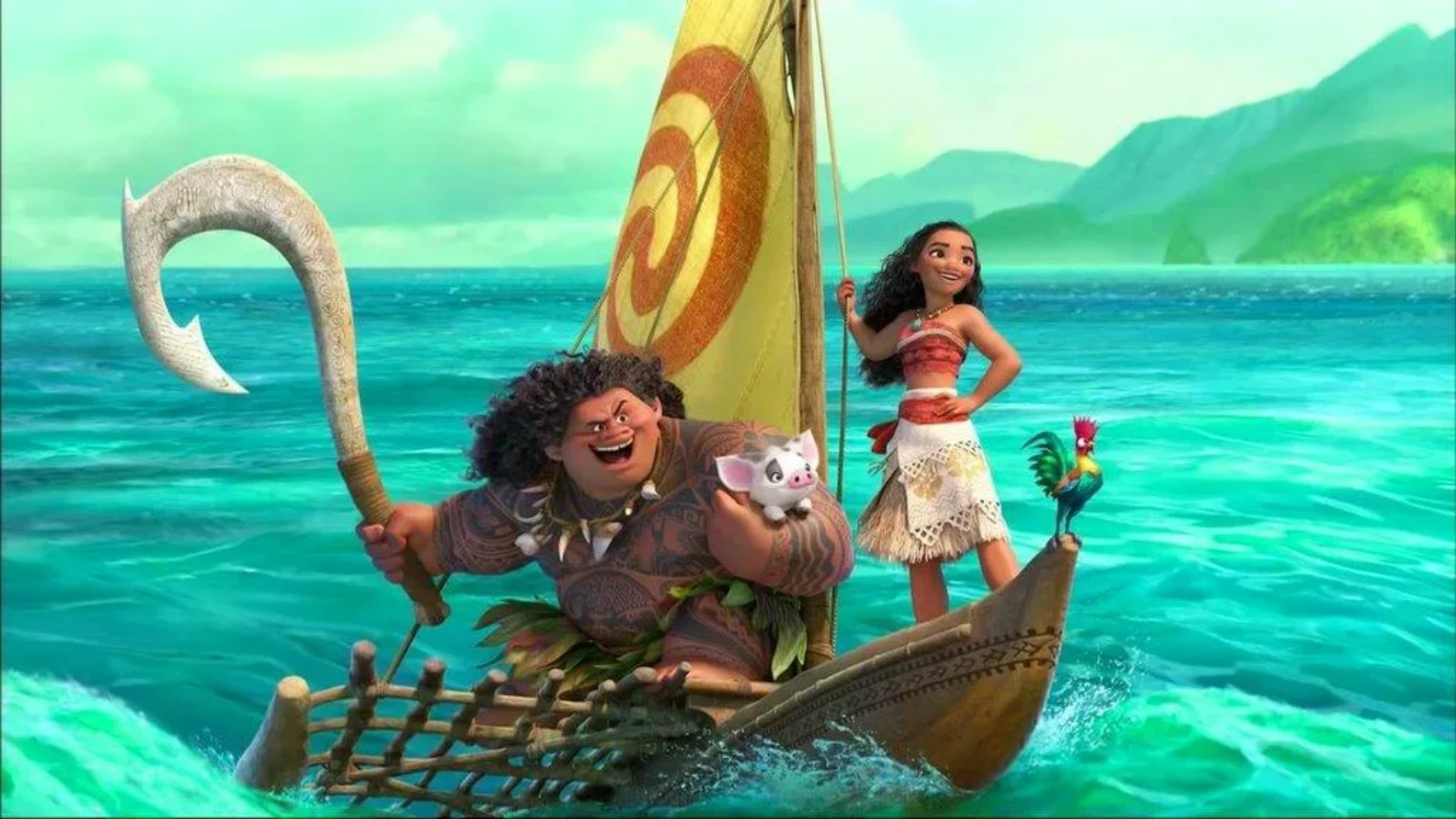
Disney made a calculated choice here, and the receipts from the creative team prove it. Voice actress Auli'i Cravalho explicitly stated their dynamic evolved from "hierarchical" in the first film to genuine "peers" in the sequel. Directors confirmed this was always meant to be a platonic partnership—a deliberate break from the princess-finds-her-prince formula that defined Disney for decades.
The physical age gap alone (approximately 14-24 years based on appearances) would raise eyebrows in any romantic context. But throw in those 3,000+ chronological years? That's a whole different conversation about power dynamics and consent.
🔍 Age-Gap Intel: Maui's backstory reveals he was abandoned as a baby by mortal parents, granted demigod status, then spent thousands of years performing legendary feats before stealing the Heart of Te Fiti and getting himself exiled.
But here's where the discourse gets spicy...
Why Are Fans So Divided About This Platonic Partnership?
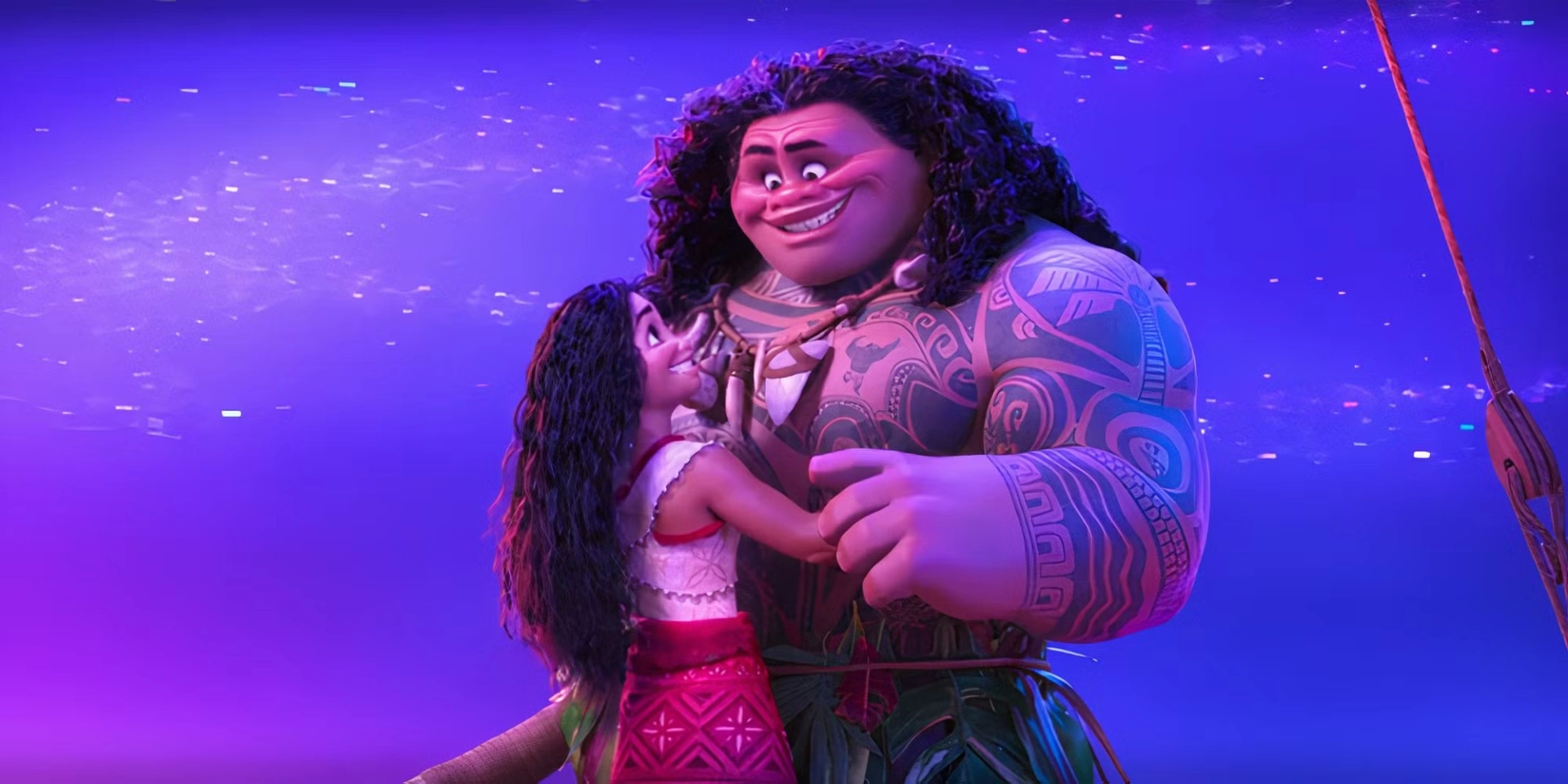
The MxM shipping community points to undeniable chemistry: Maui's protectiveness, their emotional vulnerability with each other, and what some call "flirtatious energy" in their banter. These fans argue that making the unconventionally attractive Maui (versus Disney's typical pretty-boy princes) a romantic interest would actually be progressive.
Anti-shippers counter with the obvious: a teenager and an ancient being shouldn't be romantically paired, period. They champion the rarity of seeing a healthy platonic male-female friendship on screen, especially one where the young woman teaches the older, more powerful being about emotional intelligence and self-worth.
The controversy intensifies when you compare it to other fictional age gaps. Twilight's Bella and Edward? About 90 years apart, fully romantic, endlessly debated. Doctor Who's Rose and the Doctor? 900+ years, tragic romance, accepted by most fans. The Last of Us' Joel and Ellie? Around 40 years, explicitly father-daughter, universally understood as platonic.
So what makes Moana and Maui different?
How Does Their Dynamic Flip Traditional Power Structures?
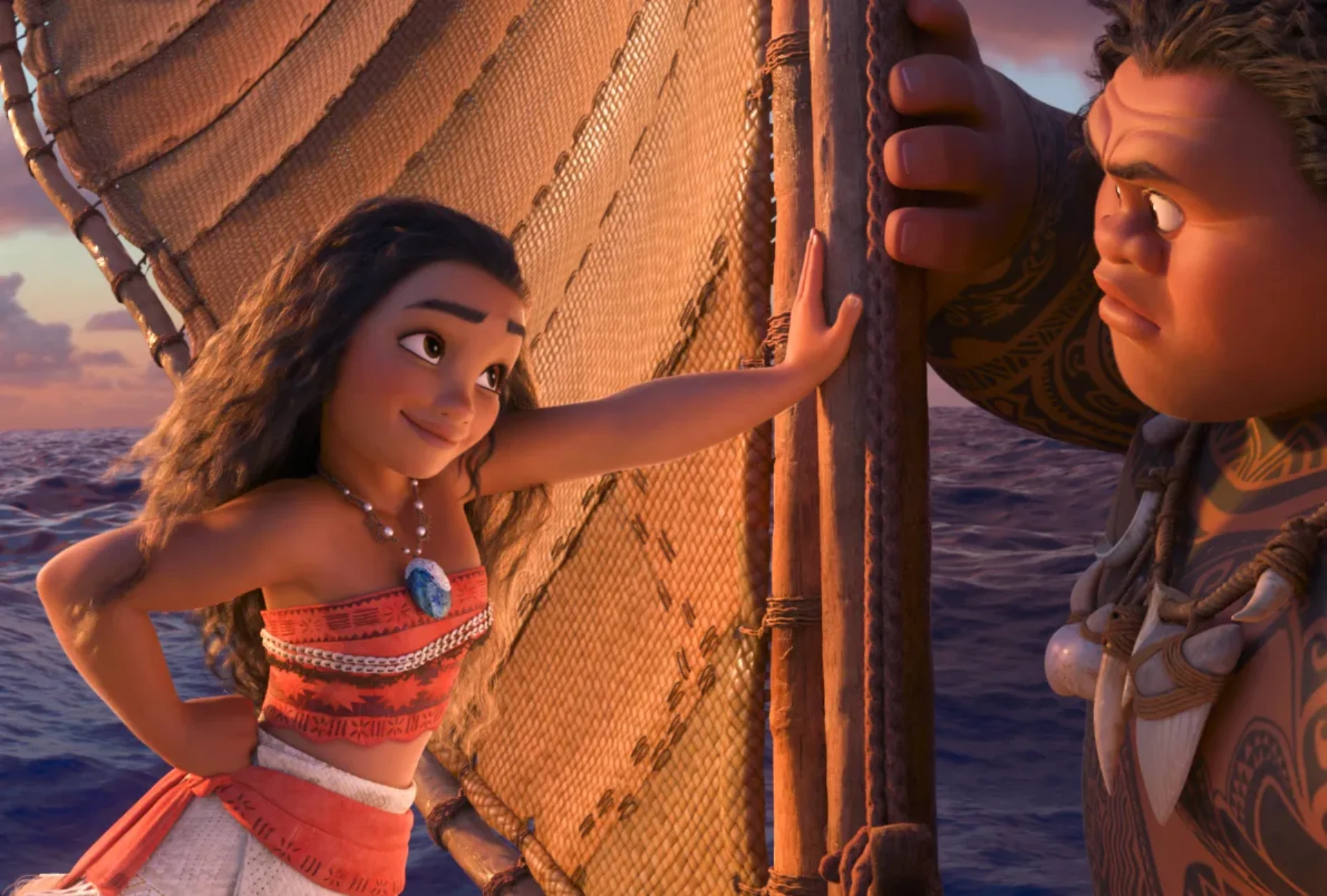
This is where Disney got subversive. Unlike Edward protecting Bella or the Doctor educating Rose, Moana becomes Maui's emotional teacher. The 16-year-old mortal shows the 3,000-year-old demigod that his worth isn't tied to his magical fishhook or humanity's adulation. She sees Te Fiti within the lava demon Te Kā—a truth that escaped Maui for a millennium.
The age gap doesn't create a power imbalance favoring the older character. Instead, it highlights how emotional wisdom doesn't correlate with chronological age. Moana's youth gives her fresh perspective, while Maui's millennia of existence have left him emotionally stunted, desperately seeking validation he never received as an abandoned child.
💡 Fun Fact: The creative team spent extensive time in Fiji, Tahiti, and Samoa, synthesizing various Polynesian myths about Maui into one cohesive character—though they invented the Heart of Te Fiti plotline entirely.
The cultural implications run even deeper...
What Does This Mean for Disney's Evolution?
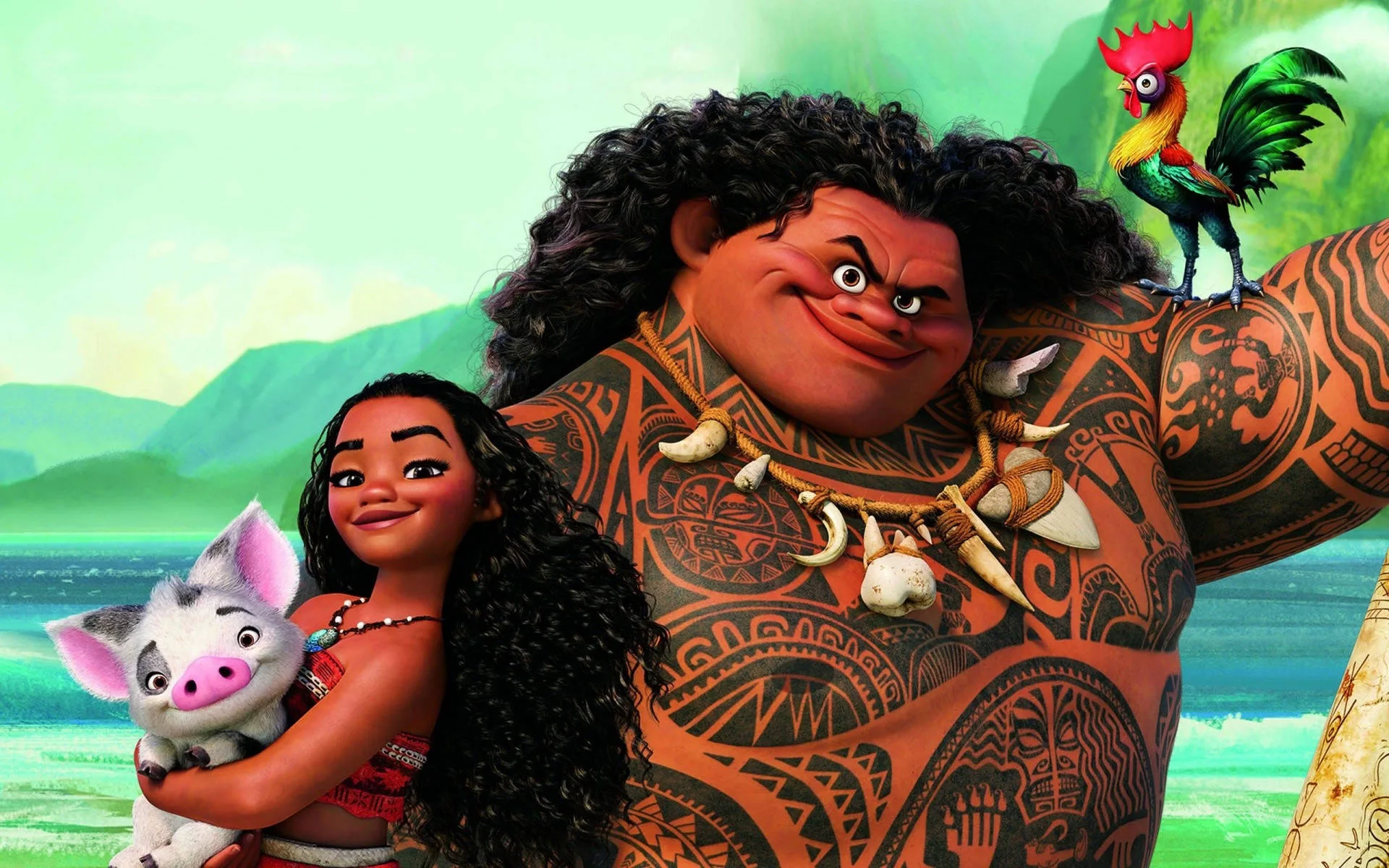
Moana represents Disney's conscious pivot away from romance-driven narratives. She joins Merida (Brave) and later Raya in the "no love interest needed" category, with motivations centered on adventure, self-discovery, and saving her people rather than winning male affection. The film explicitly "eschews a love story for its titular hero"—language straight from the production team.
The 1,000-year timeline serves a dual purpose: it's both Maui's exile duration and the period Polynesian voyaging ceased due to the darkness he unleashed. Moana's quest becomes an act of historical restoration, making their partnership about cultural reconciliation rather than personal romance.
By Moana 2, their evolved dynamic as equals who "respect each other" (Cravalho's words) models a different kind of relationship progression—one based on mutual growth rather than romantic escalation.
Speaking of growth, let's examine those fan theories...
Do Shippers Have Any Valid Points About Chemistry?
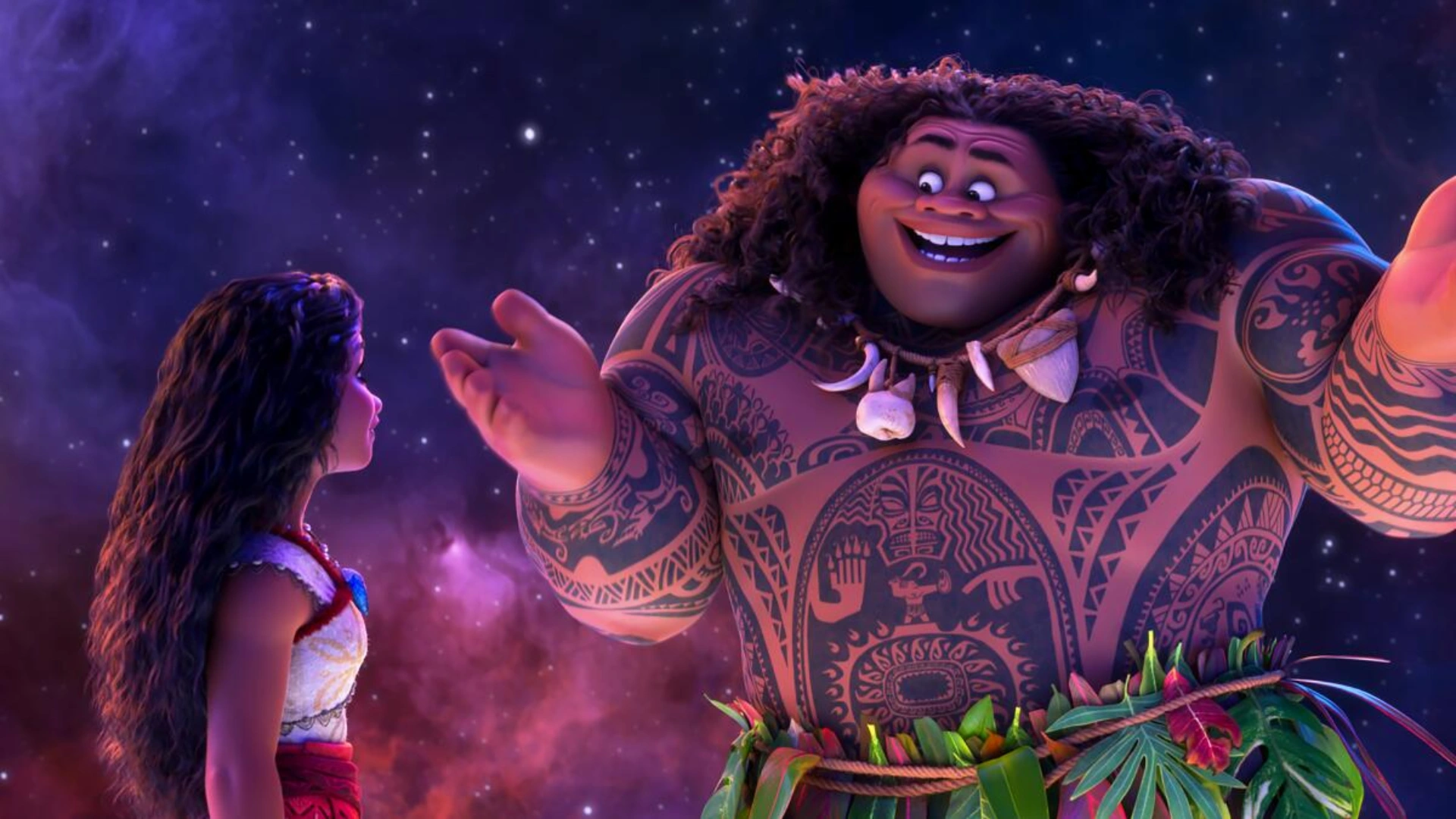
Even anti-romance fans admit the chemistry between Moana and Maui practically radiates off screen. Their banter, from his dismissive "what are you, eight?" to her sass about his "sparkly dress," creates the kind of tension usually reserved for will-they-won't-they couples. The sequel's revelation that Maui had "never truly cared for a human before" adds emotional weight to their bond.
Some shippers argue the three-year gap between films, where Maui was absent during Moana's maturation from 16 to 19, eliminates any "grooming" concerns. They see potential for future romance once Moana reaches full adulthood, viewing their current dynamic as foundation-building.
Critics maintain that romanticizing their relationship would undermine the film's core message about female empowerment and self-actualization achieved without male validation. The platonic nature isn't just refreshing—it's essential to Moana's arc.
What makes Moana and Maui truly groundbreaking isn't their age gap—it's how they use it to tell a story about two beings teaching each other to be fully themselves, no romance required.
The Real Question: Why Does This Fictional Age Gap Matter So Much?
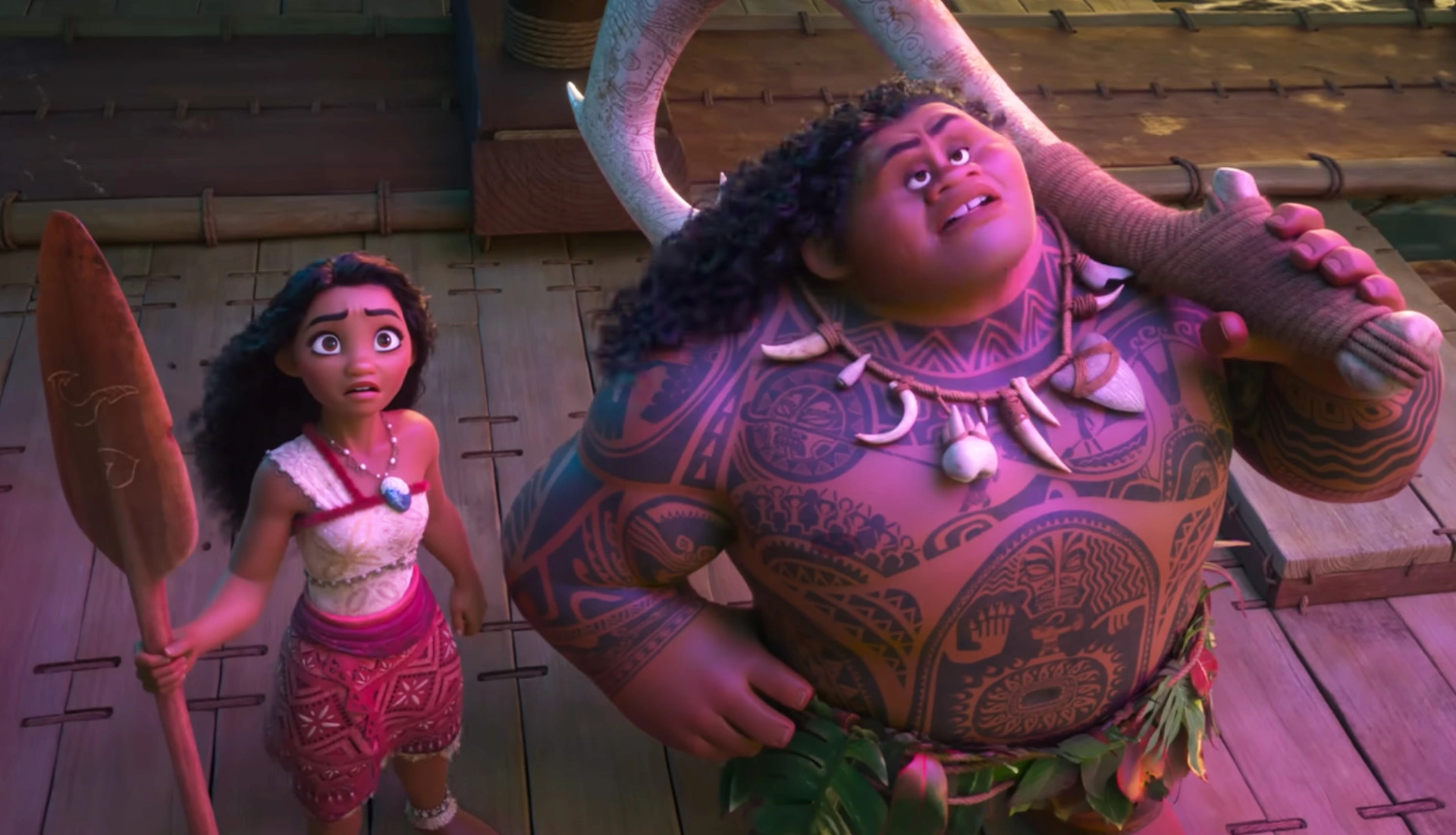
The Moana-Maui debate reflects larger cultural conversations about relationships, power dynamics, and what we expect from our stories. For generations, Disney trained audiences to anticipate romance between male and female leads. When intense emotional journeys don't culminate in a kiss, it challenges deeply ingrained narrative expectations.
This "shipping war" becomes a microcosm of evolving audience demands. Some viewers, conditioned by decades of Disney romance, see chemistry and expect payoff. Others celebrate the platonic representation as long-overdue progress. The 3,000-year age gap provides convenient ethical justification for keeping things friendly, but the real victory might be proving that male-female partnerships can be powerful without being romantic.
Does reimagining relationship dynamics in children's media actually matter? What's your take on platonic partnerships versus traditional Disney romance?
Curious about your own age compatibility? Try our Age Difference Calculator for instant insights.
FAQ
What is the age gap between Moana and Maui?
The age gap between Moana and Maui is over 1,000 years. Moana is 16 years old, while Maui is a demigod who is estimated to be more than a millennium old based on Polynesian mythology and film context.
What is Maui's age in Moana?
Maui’s exact age is not stated, but he is believed to be over 1,000 years old in Moana. As a demigod, he has lived for centuries according to Polynesian legends and film hints.
Who is older, Moana or Maui?
Maui is significantly older than Moana. While Moana is 16, Maui is a centuries-old demigod believed to be over 1,000 years old, making him the elder by a wide margin.
How do we know Moana is 16?
Moana’s age is confirmed as 16 in official Disney press materials and by the filmmakers. Her character was intentionally written as a strong, independent teenager to reflect growth and courage.

